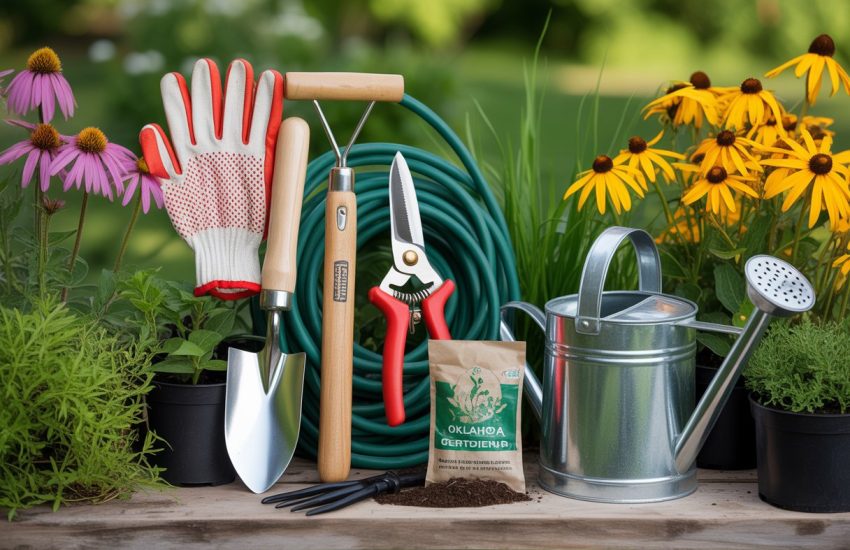Planting Bare Root Roses: A Step-by-Step Guide
Planting bare root roses is a great way to add beauty and fragrance to any garden. Bare root roses are dormant plants that are sold without soil around their roots. Gardeners can plant them in early spring when the soil is workable, and they will quickly grow into beautiful, healthy plants.
To plant bare root roses, gardeners should start by soaking the roots in water for a few hours to rehydrate them. Then, they should dig a hole that is wide enough to accommodate the roots of the plant and deep enough to cover the graft union, which is the swollen area where the stem meets the roots. It’s important to make sure the graft union is covered with soil to protect it from the elements and prevent the plant from drying out.
Planting bare root roses in early spring while they are still dormant is ideal because it gives them time to establish their roots before the hot summer weather arrives. With a little bit of care and attention, bare root roses can quickly grow into beautiful, healthy plants that will provide years of enjoyment.
Preparing the Planting Site
Selecting the Right Location
Before planting bare root roses, it is important to select the right location. Roses require a lot of sunlight, so choose a spot that receives at least six hours of direct sunlight per day. Avoid planting in areas with too much shade, as this can lead to weak and spindly growth.
Consider the climate in your area as well. Roses thrive in USDA hardiness zones 5-9, so make sure your location falls within this range. If you live in an area with extreme temperatures, such as very hot summers or very cold winters, choose a spot with some protection from the elements.
Soil Preparation
Preparing the soil is crucial for ensuring your bare root roses thrive. Start by digging a hole that is at least twice as wide and deep as the root system of the rose. Remove any rocks or debris from the soil, and mix in some compost or other organic matter to help improve soil fertility.
It is also important to check the soil moisture level. Roses prefer well-draining soil, so if your soil is heavy or clay-like, consider adding some sand or perlite to improve drainage.
Digging the Planting Hole
When digging the planting hole, make sure to keep the soil level with the surrounding ground. This will help prevent water from pooling around the base of the plant, which can lead to root rot.
Once the hole is dug, create a small mound of soil in the center. This will help support the plant and allow for proper drainage. Place the bare root rose on top of the mound, making sure the graft union is above the soil level.
Fill the hole with soil, gently tamping it down around the roots. Water the plant thoroughly, and add a layer of mulch to help retain moisture and suppress weeds.
By following these steps, you can prepare a planting site that will help your bare root roses thrive in fertile soil with the right amount of sun and moisture.
Planting and Aftercare
Planting Technique
Planting bare root roses is a simple process that requires a few steps to ensure success. First, prepare a planting hole that is wide and deep enough to accommodate the root system of the rose. Remove any damaged roots and loosen the soil at the bottom of the hole. Next, create a small mound of soil in the center of the hole and place the rose on top, spreading out the roots evenly. The bud union, which is the swollen area where the canes meet the root system, should be at or slightly above ground level. Backfill the hole with a mixture of native soil and organic compost, tamping down the soil as you go. Water the rose thoroughly to settle the soil around the roots.
Watering and Mulching
Watering is crucial for the establishment of bare root roses. During the growing season, roses require at least one inch of water per week. Water deeply and infrequently to encourage deep root growth. Mulching around the base of the rose can help retain moisture and suppress weeds. Apply a layer of well-rotted manure, peat moss, or compost around the base of the rose, taking care not to cover the bud union.
Pruning and Maintenance
Pruning is essential for maintaining the health and shape of bare root roses. Prune the canes back to 6-8 inches above the bud union at the time of planting. In subsequent years, prune in late winter or early spring before new growth appears. Remove any dead, damaged, or diseased wood and thin out any crossing canes. Deadheading, or removing spent blooms, can encourage repeat flowering throughout the growing season.
During the growing season, fertilize bare root roses with a balanced fertilizer, such as 10-10-10. Apply fertilizer every 4-6 weeks, following the manufacturer’s instructions. Take care not to over-fertilize, as this can lead to excessive foliage growth and reduced flowering.
Bare root roses may experience transplant shock after planting. Symptoms of transplant shock include wilting, yellowing foliage, and stunted growth. To minimize transplant shock, water the rose deeply and regularly, and avoid fertilizing for the first few weeks after planting.
Overall, planting and caring for bare root roses is a rewarding experience that can result in beautiful, healthy plants. With proper planting technique, watering, and maintenance, bare root roses can thrive in a variety of growing conditions, from containers to large shrubs.

